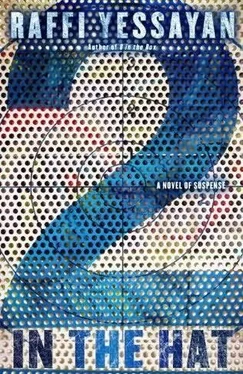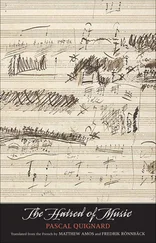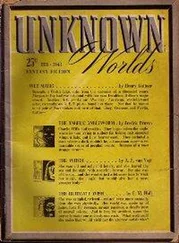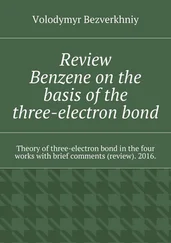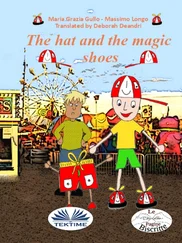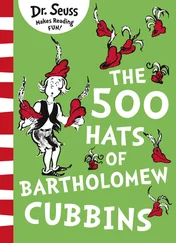Figgs looked back toward Townsend Street. He remembered the telephone poles at the end of the street. He hit the speed dial on his BlackBerry. “Inchie, you at the House? Take a walk down to Operations for me. Tell them to pull all the footage the Shot Spotter might have picked up on the officer discharge last night near the corner of Warren and Townsend. I’ll be there soon.” Figgs clipped the phone back on his belt and turned his attention back to Leo. “You said there were more than a couple of cowboys. How many were there?”
“Three. Third d-boy takes his time getting out of the backseat. Leans into the Toyota. Pokes around. Shuts it down. Then the cavalry shows up and I went about my business. I know when I’m not welcome.”
“Thanks, Leo. You’ve been a big help.”
“Don’t mention it. Listen, Figgsy. You think you could…For old times’ sake.” Leo held his hand out to Figgs.
“Sure,” Figgs said. He took a twenty out of his pocket and handed it to his old friend. For old times’ sake.
The ferry ride back to Woods Hole was cold, long, and lonesome. But it provided the isolation Alves needed before he hit the land and the reality of what he had to do next. Alves’s feelings of loyalty toward Connie were pretty dinged up. The reinvestigation, the reopening of the case, all of it had to be just another case.
The things Andi Norton had told him created a picture of a man he didn’t recognize, a man he never knew. It had been right there in front of him all along. In many ways, Conrad Darget fit Mooney’s profile of the killer. He fit Special Agent John Bland’s profile. But could Connie, a friend, a top prosecutor, be a killer? Could he frame a friend and stand by while that friend committed suicide? More than that, could he have whispered something to Mitch that encouraged him to jump from that court balcony? Connie would have known that Mitch’s final act would show consciousness of guilt.
Maybe he and Mooney had been too quick wrapping up the case after Mitch’s death.
All the victims were linked to the South Bay District Courthouse. All of them were linked to Darget’s juries. That’s why he and Mooney had interviewed Connie first. But, he remembered, that interview had been cut short, interrupted by the phone call from Eunice Curran. With the analysis of the hairs and condom recovered at the final crime scene. The “evidence” that led them to Mitch Beaulieu.
But evidence can be planted.
And what about Nick Costa’s disappearance? The two had a contentious relationship at best. Had Connie’s co-worker gotten too close, seen something Connie didn’t want him to see? Nick Costa’s body had never been found. None of the Blood Bath Killer’s victims’ bodies had ever been recovered. None of those souls ever laid to rest.
After his talk with Andi Norton, he had a good idea where those bodies were.
It’s not inconceivable that a killer would change his MO. It’s not likely, but it happens, especially with killers of high intelligence. Killers close to the investigation. Alves remembered a conversation he’d had with Connie about serial killers. Alves was telling him about one of his criminology classes, how one of three things happens to killers: they either repent, continue killing, or kill themselves.
Connie had argued, and Alves remembered his words, his intensity, that a killer can transform himself into something else. If a killer is locked into one MO, it has to end at some point. A smart detective will figure his pattern out. Organized. Unorganized. Both patterns that control most killers, but a smart killer? He can change. He has to. Because what’s important is not the how, but the why.
The shore, the city of Boston itself-all of it seemed like another world. If Conrad Darget was the Blood Bath Killer, was it possible that he killed those couples ten years ago, as the Prom Night Killer? The murders had stopped around the time he went away to school in Arizona. Seven years later Darget shifted his MO and murdered as the Blood Bath Killer. He learned that by providing a suspect-Mitch Beaulieu-the case was closed, allowing him to shift his MO back again.
Now, as the Prom Night Killer, before the police close in, he reverts to what’s worked in the past. Make Richard Zardino, a Street Savior, a man who had served time in prison, the goat.
Figgs stepped off the elevator on the fourth floor of One Schroeder Plaza. He didn’t make his way up here very often. Didn’t usually have a need to see anyone in the command staff, or in operations.
Today was an exception. He had read through the 26s. Greene and Ahearn had written consistent, almost identical, reports. They’d spotted Stutter driving a car on Blue, followed him at speeds that weren’t excessive, which was different from what Stutter had told him, chased Stutter on foot after he cracked up the Tercel, and caught him just after Ahearn’s “accidental” firearm discharge.
Figgs wanted to ask the detectives some questions, but it was too late for that. The Commissioner’s Firearm Discharge Team had arrived on scene within minutes of the shot being fired. They took the detectives’ guns and did a quick briefing before the union rep showed up with the union lawyer. Greene and Ahearn were immediately taken to the hospital to be treated for stress-related injuries, standard operating procedure in the aftermath of a police shooting. Now Figgs couldn’t speak with them without the lawyer being present.
There was only one lawyer he wanted to speak with right now. Darget hadn’t written a report. He wasn’t a member of the department, but he had given a statement to the patrol supervisor on scene. His story was consistent with the two detectives, only he didn’t get involved in the foot pursuit. He laid back at the crash site until backup units arrived. Never saw what happened when the detectives followed Stutter through the yards. Only heard the shot and saw the detectives come out with the suspect unharmed and in custody a few seconds later. Darget would be worth talking to. When the time was right.
Figgs stepped through the double doors into Operations. He walked up the short set of stairs into the room where the Shot Spotter techs monitored the system. No sign of Inchie. Figgs angled his way around some tables with computer monitors and printers, toward the one human in the room, the tech with his eyes fixed on the three massive computer monitors-widescreen TVs, really-in front of him. “Sergeant Figgs, Homicide. Detective O’Neill talk to you about the shots fired last night at Quincy and Warren?”
“Officer discharge,” the tech said, not looking away from the screens. “Didn’t pick much up. They were in the backyards when the shot went off.”
“That’s okay. I want to see what was happening in the street. How’s this thing work?” Figgs asked, looking at the LCDs.
“The Shot Spotter picks up the shot and an alarm sounds within four to seven seconds.” The tech had obviously given this speech a few dozen times. “The system immediately pulls up a grid map, an aerial image of the surrounding streets, the whole neighborhood. Then it uses the sound sensors to triangulate and pinpoint the location of the shot. The closest cameras will zoom in on that location. I’ll show you.”
Figgs watched as he pulled up the aerial image of the familiar neighborhood he had visited that morning. Then the tech switched to the video footage. The camera shot a wide angle. It focused on the yards on the left side of the street, across the street from where Leo was resting, across the street from Stutter’s cracked up car.
But there was the car on the far right of the screen. And Conrad Darget walking up to the car, doing something with his hands, looking into the car, leaning in on the driver’s side. Exactly where the gun was located. Funny, Darget forgot to mention all that to the PS when he gave his statement. Must have slipped his mind.
Читать дальше
